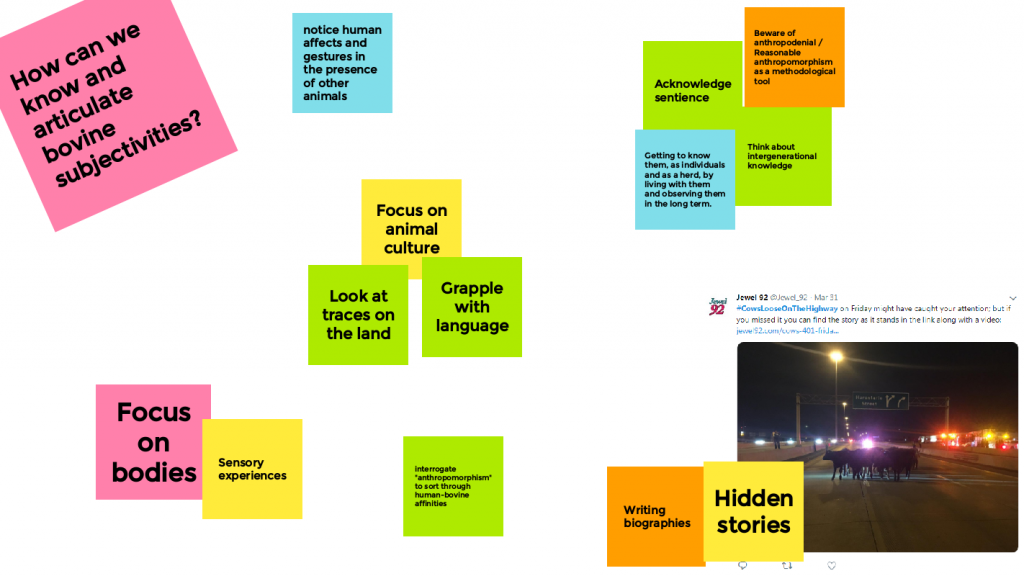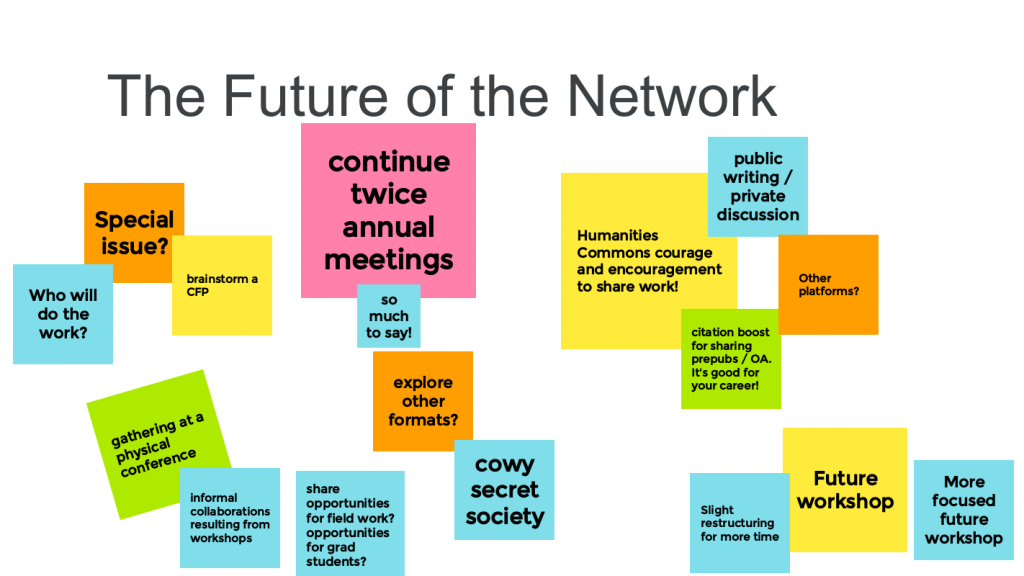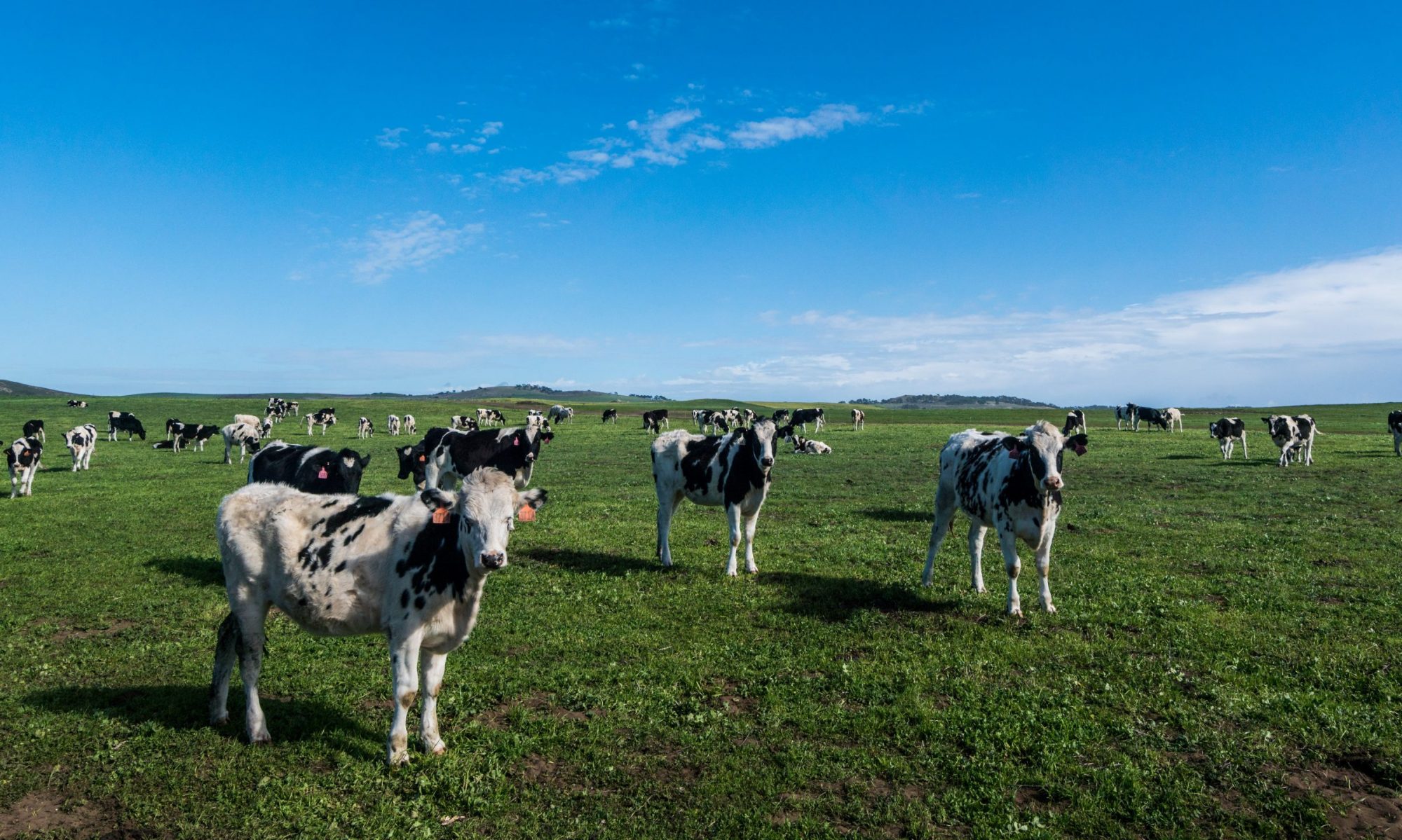We (quite literally) just wrapped up the second bovine scholarship workshop. We had several fascinating presentations, loads of break out rooms and discussion, and touched on numerous fascinating topics related to bovines. We were happy to be co-hosting this workshop together with the BoS Project (The Body Societal: Unfolding Genomics Infrastructure in Cattle Livestock Selection and Reproduction).! This entry provides a brief overview and some artefacts from the workshop.
The Program
You can see more about what happened and who was there by checking out the program. Like with the previous workshop we kept things tight. Each session included a presentations, panel, and plenum discussions. We also had a session centered on themes and the future of the network. The program was centered on themes based on the submissions made by presenters, which included:
- Bovine Economies and Technologies
- Being and Defining Bovines
- Bovine Mobility and Climate Change
What do you think of when you think of bovines?
Arguably (but I’m biased) one of the stars of the workshop was the jamboard. It provided an interactive space where we could share some of our ideas. The first question we reflected on was open – what do you think of when you think of bovines?

Folks touched on the numerous ways in which cows are thought of and these ended up becoming themes throughout the workshop. Questions about how to think about individuals and groups, landscapes and herds, history and the present all pointed to the complexity of knowing and thinking about bovines. These were tensions that were undergirding much of the workshop and emerged in subsequent sessions, ass can be evidenced by the below:


As part of our collaboration with the BoS Project we also put forward questions that were directly related to that project – these were primarily centered around thinking through concepts such as “infrastructure”, “practice”, “mundane”, “spectacular”, and “scales” of bovine experiences.



All in all, it was an exciting workshop that involved a lot of conversation, an opening of many thoughts, as well as the beginning of several connections and future possibilities. We ended with thinking about the future of the Network and decided that we would stick to having the workshop twice a year but that the future one might have a slightly different structure so as to allow for more targeted discussion. We are also looking for future collaborators and exploring other roles and responsibilities folks might take on in the network. If you have ideas, reach out!

If you would like to be part of the network and have some ideas please connect with us here. Sign up to the commons and let’s keep the conversation going. For those of you who are already part of the network, keep your eyes peeled for the next workshop which will be coming up toward the end of the year!
Thank you so much to everyone who attended the workshop and shared so generously of their time and ideas. It was lovely to just think about bovines and to see how many diverse questions related to them are being grappled with.


